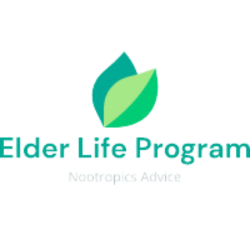Delirium, or acute confusional state, is a common and potentially preventable issue that affects older hospitalized patients. It can lead to increased morbidity, mortality, and healthcare costs. Early detection and intervention are crucial for better outcomes. The Family Confusion Assessment Method (FAM-CAM) is an essential tool designed to help identify delirium quickly and accurately through caregiver observations. Nootropics, which are substances that may enhance cognitive function, could also play a role in the management of delirium symptoms.
The Family Confusion Assessment Method (FAM-CAM)
Developed in 1988, the FAM-CAM is a caregiver-based assessment tool for detecting delirium in older patients. It is not an independent diagnostic instrument but serves as a valuable resource in conjunction with expert clinical evaluation. The FAM-CAM is designed for use by healthcare professionals, researchers, and family caregivers to evaluate patients for delirium symptoms.
The FAM-CAM evaluates patients based on caregiver observations of recent changes in thinking, concentration, and alertness. It comprises a series of questions that address cognitive and behavioral changes indicative of delirium. A positive result on the FAM-CAM should be followed by further assessment, including cognitive testing and a formal delirium rating.
Caregiver involvement is crucial in the FAM-CAM assessment. Choosing the right caregiver who knows the patient well is vital. The caregiver should either live with the patient or see the patient at least once a month and maintain regular phone contact.
The Role of Nootropics
Nootropics, also known as "smart drugs" or cognitive enhancers, are substances that may improve cognitive function, particularly memory, creativity, and motivation. Some nootropics have been suggested as potential therapeutic agents for delirium management.
While nootropics are not a direct component of the FAM-CAM assessment, they may play a role in managing cognitive symptoms associated with delirium. Some nootropics, such as cholinesterase inhibitors and memantine, are used in the treatment of Alzheimer's disease and may help alleviate cognitive disturbances in delirium.
However, it is essential to note that the use of nootropics should be carefully considered and discussed with a healthcare professional. Research on the efficacy and safety of various nootropics in delirium management is still ongoing.
Conclusion
The FAM-CAM is a valuable tool for detecting delirium in older patients and can help facilitate early intervention. Involving caregivers in the assessment process is essential for accurate results. Nootropics may play a role in managing delirium symptoms, but their use should be carefully considered and discussed with a healthcare professional. Further research is needed to validate the efficacy and safety of nootropics in delirium management.
